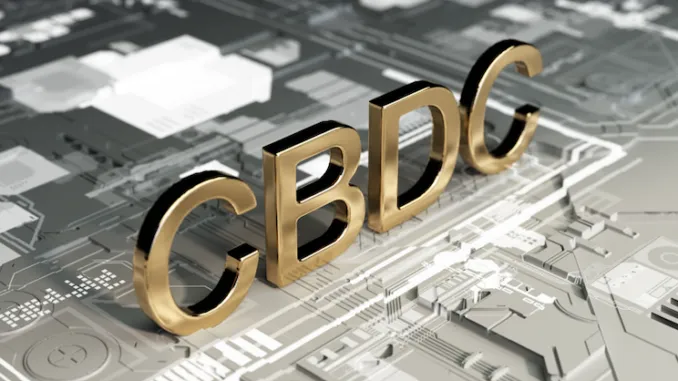The Strange Behavior of the US Dollar in the Wake of Fed Rate Cuts
by Pater Tenebrarum, Acting Man:
 A Change in Interest Rate Expectations
A Change in Interest Rate Expectations
In the last issue of Seasonal Insights I discussed the typical pattern of stock prices when the Federal Reserve cuts interest rates. As one would expect, the stock market tends to stabilize after cuts in the federal funds rate.
The issue is topical, as many investors and analysts expect rate cuts to be implemented soon given that signs of an economic slowdown are beginning to proliferate.
 Market expectations about the direction of administered interest rates have changed significantly since last November. [PT]
Market expectations about the direction of administered interest rates have changed significantly since last November. [PT]
Today I want to examine a market that reacts differently to rate cuts than one would perhaps expect: the foreign exchange market.
What is the Effect of Fed Actions on Exchange Rates?
The chart below shows the average pattern of the US dollar index (DXY) in the 140 days before and after cuts in the federal funds rate. The pattern was calculated as an average of the past 30 years, which included altogether 46 rate cuts. The horizontal axis shows the number of days before and after the event, the vertical axis shows the average moves of the dollar index in percentage points. The day of the rate cut is highlighted in orange in the middle of the chart.
 Pattern of the US Dollar Index in the 140 days before and after US rate cuts, average of 30 years (46 events, 1989 – 2019). Rate cuts mark the timing of trend reversals in the dollar with pinpoint precision!
Pattern of the US Dollar Index in the 140 days before and after US rate cuts, average of 30 years (46 events, 1989 – 2019). Rate cuts mark the timing of trend reversals in the dollar with pinpoint precision!
As can be seen right away, on average the US dollar declined in the months leading up to rate cuts. However, the trend typically reversed precisely on the day the rate cut was implemented. As the chart illustrates, thereafter the dollar tended to appreciate for several months.
Why do Exchange Rates Behave so Strangely?
Perhaps you expected that the dollar would decline in concert with the federal funds rate – after all, investment in US dollar-denominated fixed-rate instruments becomes less attractive. In reality the US dollar typically strengthens after a rate cut.
Let me take this opportunity to give you the reason for the dollar’s odd behavior favored by myself. Rate cuts are relatively easy to predict. Many investors will therefore already be positioned accordingly and will tend to close out their positions once rate cuts are actually implemented – “sell the rumor, buy the news”, as the saying on Wall Street goes.
Take advantage of the Fed’s predictability…
There are certainly other possible explanations. For example, rate cuts are often associated with crisis scenarios. In crisis conditions demand for US dollars often increases, either due to the need to repay USD-denominated debt, or because the dollar is considered a “safe haven” currency. Economic considerations may play a role as well.
Contrary to the explanation I prefer, namely that this behavior represents a typical “sell the rumor, buy the news” situation, these approaches cannot explain why the trend changes coincide precisely with rate cuts. The reasons cited above nevertheless may play a role as additional drivers.
Loading...



